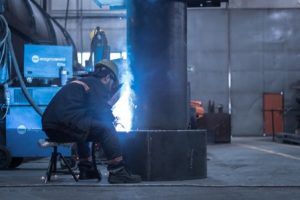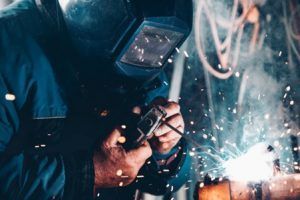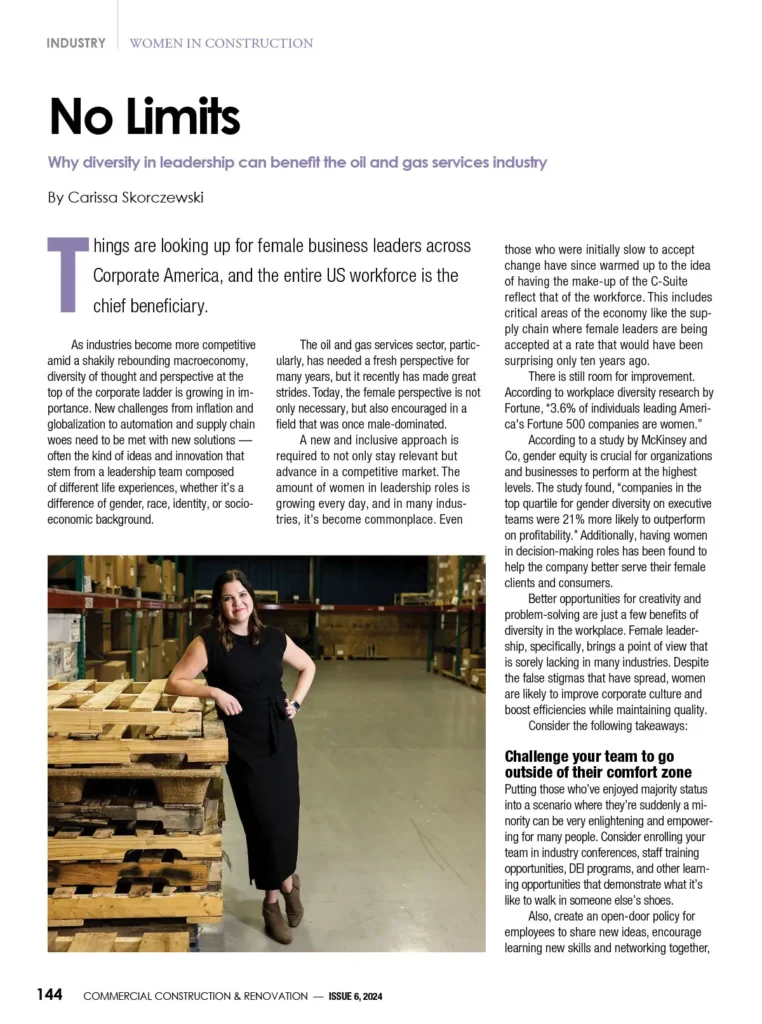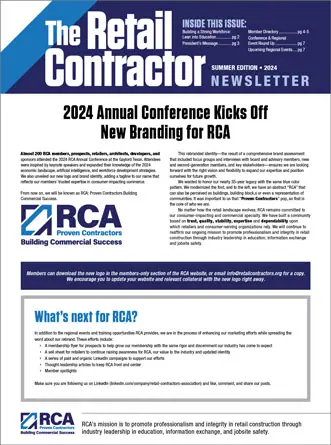Working with fire is not a common job. Most of us link firefighters to instances including fire though there are other activities where one can experience the same intense heat from the flame. One of these activities is welding; the process of permanently joining two metals together using high heat and pressure. Over 50% of products that we use every day are created by welding, and many industries employ welders, for instance; aircraft, automotive, ships, gates, equipment, railroads, bridges, and many more. This is why workers behind this process need to stay safe and protected. Here’s everything you need to know about welding safety equipment, and why it is essential to own everything.
Welding Garments
If you work in welding construction sites, you are mostly exposed to dangerous hazards every day, including harmful radiation, electric shocks, fumes, and burns. You have to be all insulated, the most common materials that provide insulation are fleece, leather, wool, and cotton. Leather is your best option, as it has a great deal of air, making it an excellent heat barrier. However, fleece is polyester, so it makes your hands sweaty and doesn’t absorb any moisture, while a garment with cotton as its primary material is not the best heat insulator. Welding jackets are the first basic standard on the list, but their material has to be leather, as it isn’t flammable. If you find leather uncomfortable especially when it becomes too hot, you can find cotton jackets, but they have to be highly resistant to fire.
Helmets
Welding helmets are the most important safety gear to have because the harmful radiation from arcs and the flames can cause serious injuries to your eyes and face. A helmet should have a proper lens shade number to reduce high exposure to rays, sparks, and also prevent eye damage. According to the American Welding Society (AWS), auto-darkening filters are also very important because of their ability to raise and lower the filtering of light passing through to provide a fixed setting that prevents stress injuries and irritation associated with lifting the filter. There is a wide selection of welding helmets among protective welding equipment, which can make finding the best one for you quite challenging. The most important thing is to find a durable and comfortable helmet, with a design that meets the safety standards. Choose a welding helmet that is:
- Lightweight and ache-free, because you’ll be wearing it for hours.
- You can also find welding helmets with digital readings that display sensitivity and shade levels.
- Some even have adjustable modes like welding mode, grinding mode, and cutting mode.
Helmet manufacturers and the national safety standards advise welders to wear safety goggles as well beneath the helmets for brazing and cutting. This is true even when using an induction brazing machine to braze your metals.
Gloves
Because your arms and hands are most exposed to the hot flames and pieces of metal, a reliable, protective pair of leather gloves is a must. A good pair of welding gloves can withstand from 500-1,000 degrees F, and protect you from UV rays and radiation. Here are the composition of gloves that you should look for:
- Those that cover your hands and lower arms
- Have a layer of aluminum beneath the cowhide to ensure that your hand isn’t exposed to heat.
- The inside and the cuffs should also be lined with soft cotton to provide you with comfort and breathability.
- Try to find gloves with long cuffs and straps, and most importantly, they have to be your size, so that they won’t slide down and increase the chance of injuries.
- Some gloves are double layered and reinforced around the palms and thumbs, to give you extra protection when handling sharp objects.
- Dexterity is also required so that you can maneuver metals without difficulty.
Boots
As a welding construction worker, foot protection cannot be ignored. Welders need leather boots that are temperature resistant, to shield their feet from the sparks and spatter they will all encounter on the site. So always wear welding-specific boots that comply with safety standards, and it is of utmost importance to avoid boots with lace as they can catch fire.
Equipment For Work Environment
There should always be fire extinguishers around in case of fire risks or accidents, in addition to grounding equipment to avoid electrical shocks. Welding smoke is made up of fumes and other toxic substances; besides, welding produces harmful dust that can be inhaled. This is why you need to wear welding respirators because high exposure to these fumes can result in asthma or breathing problems.

By now, you should get the idea that you have to wear head-to-toe protection and follow all safety measures to stay safe and keep building our skylines. If you own an industrial business, make sure you invest in all the required safety equipment for your workers and follow all the health and safety guidelines. Value and protect your workers to avoid accidents, unnecessary injury compensations, heavy fines, and medical expenses, in addition to disrupted work and lost productivity.








 The 2024 virtual Men’s Round Table will be held Q4, 2024, date TBD.
The 2024 virtual Men’s Round Table will be held Q4, 2024, date TBD.












